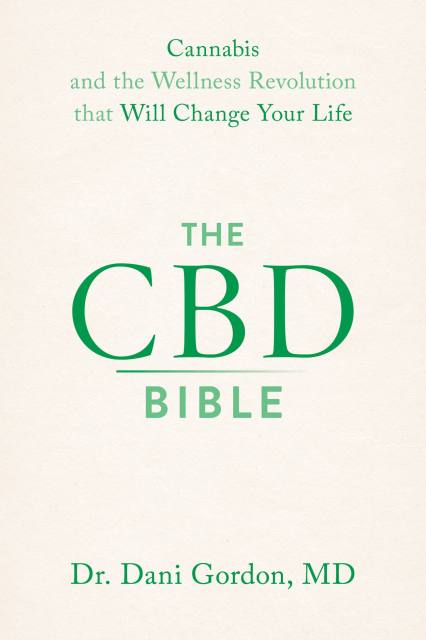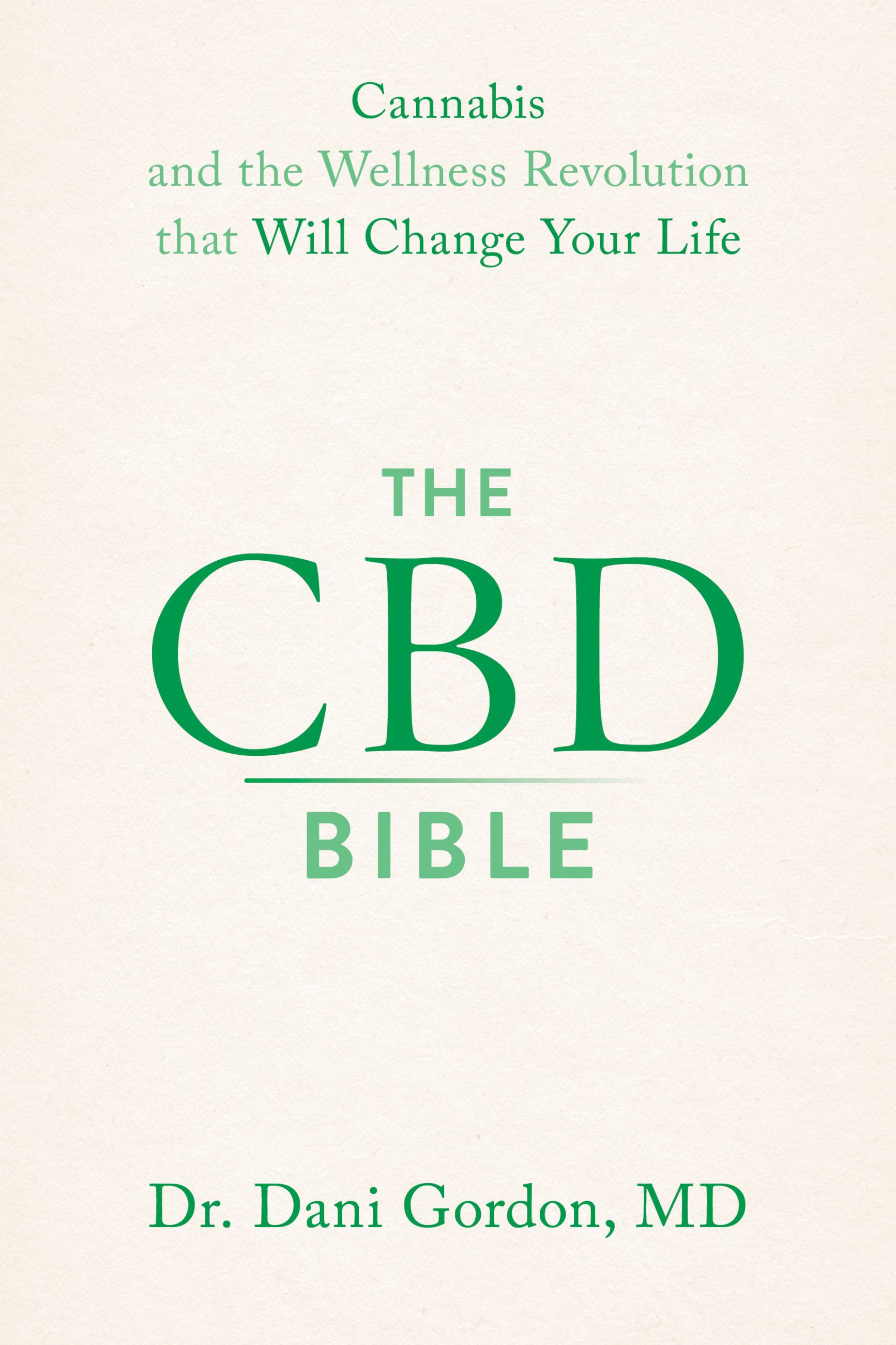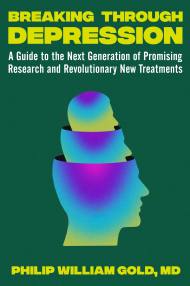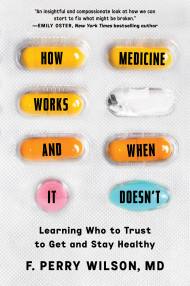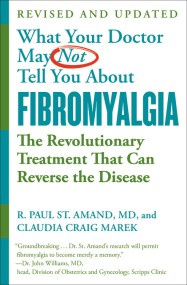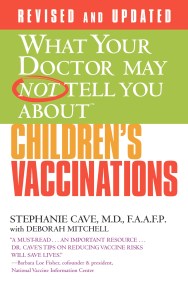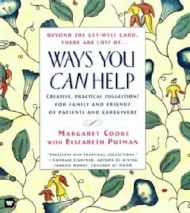Promotion
Use code MOM24 for 20% off site wide + free shipping over $45
The CBD Bible
Cannabis and the Wellness Revolution that Will Change Your Life
Contributors
Formats and Prices
Price
$12.99Format
Format:
This item is a preorder. Your payment method will be charged immediately, and the product is expected to ship on or around September 15, 2020. This date is subject to change due to shipping delays beyond our control.
Also available from:
What is the difference between CBD and THC? What is the difference between over the counter CBD oils and medical cannabis oils? What is the science? Does it actually work, and what for? We are in the middle of a medical revolution regarding the cannabis plant and its uses. Medical cannabis has gained notice for treating serious illnesses when drugs fail, CBD oil has become incredibly popular as a wellness product, with hundreds of brands flying off the high street shelves. However, there is still confusion around the plant, what it can do and how to make use of it for both wellness, self care and treating medical conditions.
American board certified doctor and international expert in CBD, cannabis, and natural medicine, Dr. Dani Gordon has written The CBD Bible to explain how CBD and medical cannabis can be used to safely treat pain, alleviate stress, and create a deeper sense of well being. With guidance on dosing, sourcing, different products, and much more, this is a must-have book for those ready to take the next step in their journey to overall wellbeing.
Genre:
- On Sale
- Sep 15, 2020
- Page Count
- 336 pages
- Publisher
- Grand Central Publishing
- ISBN-13
- 9781538736074
Newsletter Signup
By clicking ‘Sign Up,’ I acknowledge that I have read and agree to Hachette Book Group’s Privacy Policy and Terms of Use
